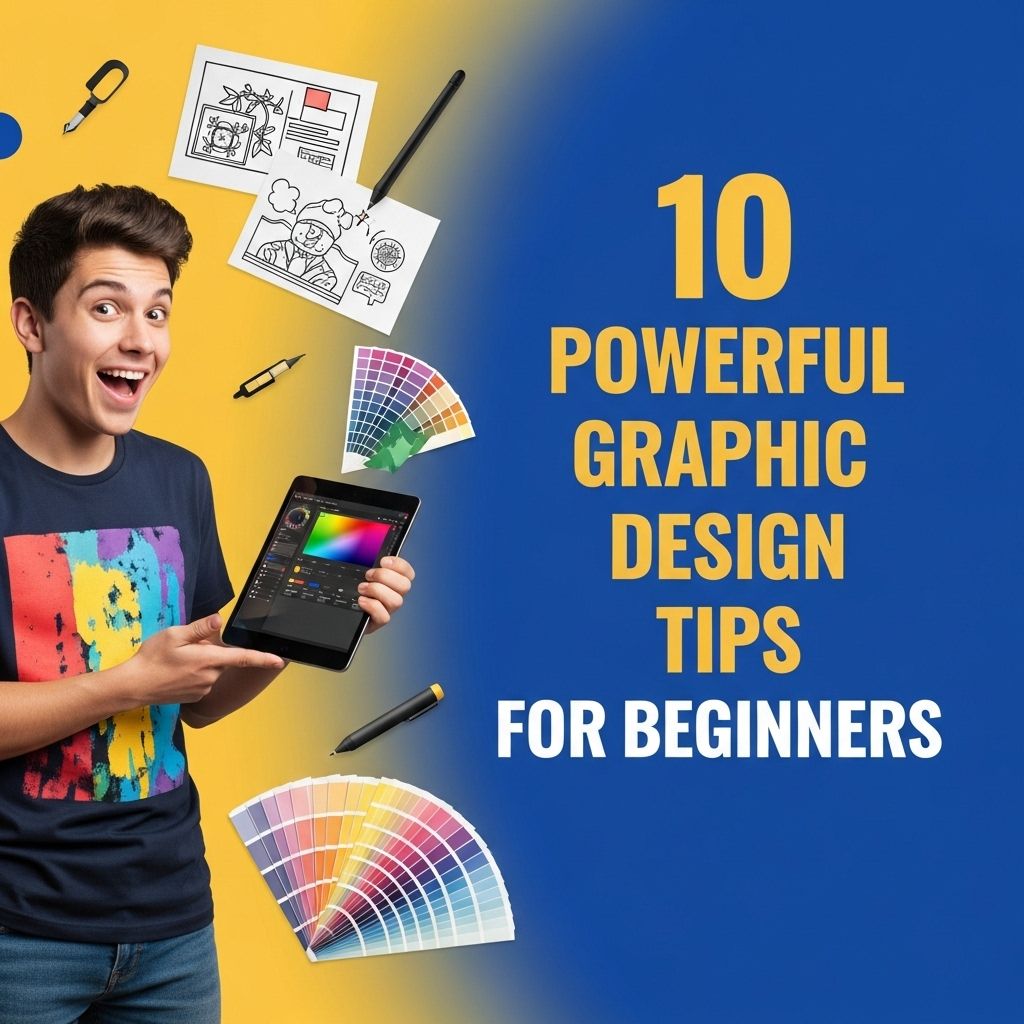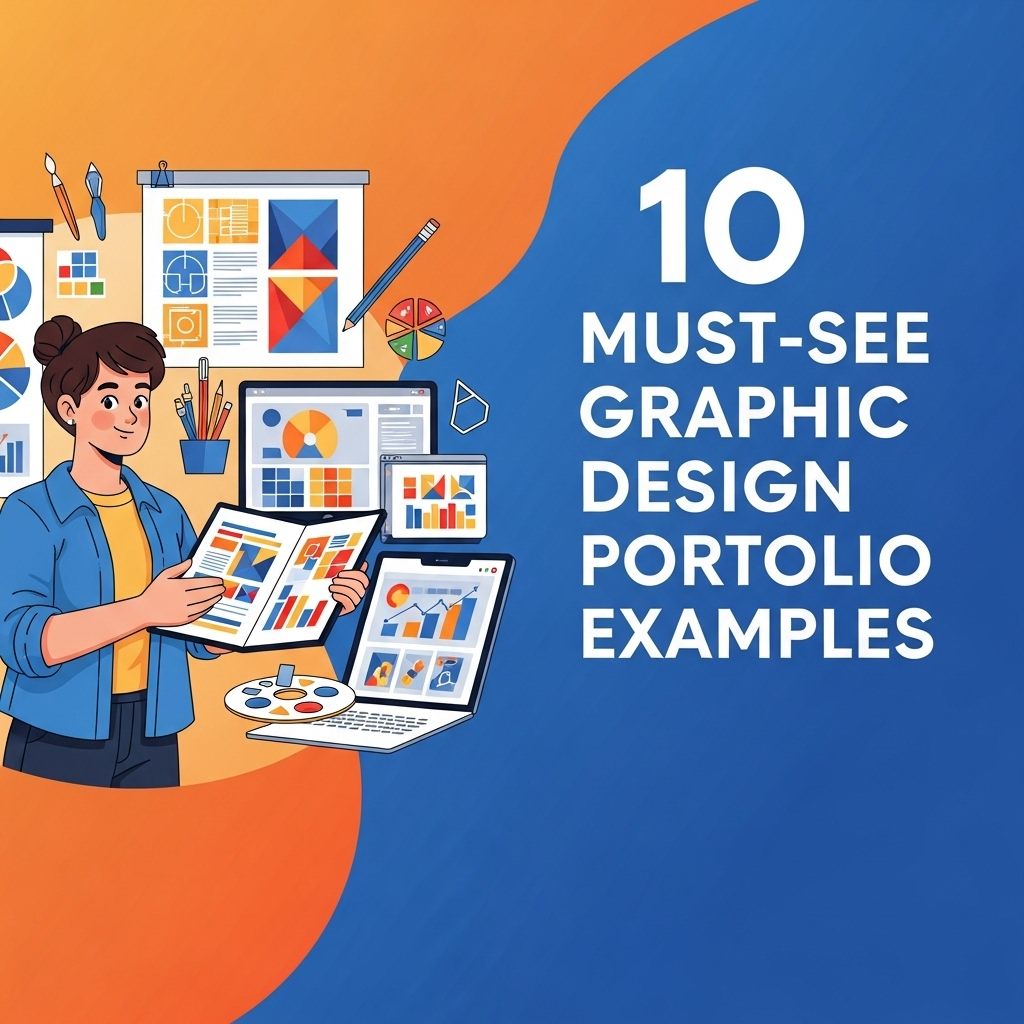As we move towards 2025, the world of graphic design continues to evolve, reflecting changes in technology, culture, and consumer preferences. Minimalism, characterized by simplicity and clarity, remains a dominant trend. This article explores ten minimal graphic design ideas that can inspire creatives to develop aesthetically pleasing and effective designs.
1. Geometric Shapes and Patterns
Geometric shapes have a powerful visual impact while maintaining simplicity. Using basic shapes such as circles, squares, and triangles can create striking patterns. Here’s how to incorporate them:
- Use a limited color palette for a cohesive look.
- Experiment with scale and proportion to emphasize certain elements.
- Combine with white space for a clean layout.
Example Applications
- Website backgrounds
- Business cards
- Infographics
2. Monochromatic Color Schemes
Using a single color in various shades can create a strong visual identity while keeping designs minimal. Monochromatic schemes allow for a sophisticated and bold approach. Here’s how to implement this:
- Choose a base color that aligns with your brand’s identity.
- Create a gradient effect to add depth.
- Utilize varying opacity levels to enhance contrast.
Advantages
- Easy to maintain consistency across designs.
- Visually appealing and modern.
3. Clean Typography
Typography plays a crucial role in minimal design. Opt for sans-serif fonts that convey clarity and modernism. To elevate your text:
- Limit the number of typefaces to one or two.
- Utilize ample white space around text elements.
- Experiment with font weights for emphasis.
Popular Fonts for Minimal Design
| Font Name | Style |
|---|---|
| Helvetica | Sans-serif |
| Roboto | Sans-serif |
| Montserrat | Sans-serif |
4. Asymmetrical Layouts
Breaking the grid can lead to innovative minimal designs. Asymmetry creates visual interest and can guide the viewer’s eye. Here are some tips:
- Balance elements by varying their size and placement.
- Ensure that negative space is effectively utilized.
- Incorporate visual pathways to lead the focus.
Best Practices
- Use alignment strategically to maintain coherence.
- Limit elements to avoid clutter.
5. Iconography and Symbolism
Icons and symbols can convey complex ideas in a straightforward manner. Minimalist icons are often flat and simple, allowing for quick understanding:
- Choose icons that resonate with your message.
- Maintain consistency in style and size.
- Use color as a differentiator for various elements.
Applications
- User interfaces (UI)
- Marketing materials
- Social media graphics
6. Bold Photography with Negative Space
Integrating photography into minimal designs can create a powerful statement. When using bold photography:
- Select images that are rich in content but allow for negative space.
- Overlay text strategically without overwhelming the visual.
- Utilize filters to maintain a cohesive color scheme.
Considerations
- Ensure images are high-quality and relevant.
- Use negative space to guide viewer attention.
7. Motion Graphics and Animation
Incorporating subtle animations can enhance user engagement without compromising minimalism. Here are some ideas:
- Use animations to draw attention to key elements.
- Keep transitions smooth and non-distracting.
- Utilize loading animations for a modern touch.
Benefits
- Increases user interaction.
- Enhances storytelling through visuals.
8. Data Visualization
With data becoming increasingly important, presenting information visually can simplify complex datasets. Minimalist infographics focus on clarity:
- Choose clear charts or graphs.
- Limit color usage to enhance comprehension.
- Utilize icons or symbols to represent data points.
Tools for Data Visualization
| Tool Name | Features |
|---|---|
| Tableau | User-friendly, interactive dashboards |
| Infogram | Templates for infographics |
| Canva | Simple design tools for visual content |
9. Use of Gradients
Gradients can add depth to minimal designs without being overwhelming. They can be used as backgrounds or overlays:
- Choose colors that complement each other.
- Use soft gradients for a subtle effect.
- Limit gradients to one or two elements in a design.
Examples of Gradients
- Colorful backgrounds for websites
- Buttons and call-to-action elements
10. Sustainable Design Choices
As global awareness of sustainability increases, incorporating eco-friendly practices into design is essential. Here are ways to reflect sustainability:
- Use materials that are recyclable or biodegradable.
- Promote digital solutions over print.
- Adopt a design philosophy that minimizes waste.
Conclusion
Minimalism in graphic design is not just about aesthetics; it’s about functionality and communication. By embracing these ten ideas, designers can create impactful, engaging, and forward-thinking visual content that resonates with audiences in 2025 and beyond. The key lies in striking a balance between simplicity and expressiveness, ensuring that each element serves a purpose. Stay ahead in the world of design by experimenting with these minimal approaches!
FAQ
What are the key principles of minimal graphic design?
Minimal graphic design focuses on simplicity and the use of negative space, emphasizing essential elements while eliminating unnecessary details.
How can I incorporate minimalism into my graphic design projects?
You can incorporate minimalism by using a limited color palette, clean typography, and focusing on one central visual element to convey your message.
What are some popular color schemes for minimal graphic design in 2025?
In 2025, popular color schemes for minimal graphic design include monochromatic palettes, soft pastels, and bold contrasts with one or two accent colors.
What typography trends will influence minimal graphic design in 2025?
Expect a rise in geometric sans-serif fonts, bold typefaces, and custom lettering that aligns with minimal design principles, providing clarity and impact.
How does minimal graphic design improve user experience?
Minimal graphic design enhances user experience by reducing clutter, allowing for easier navigation and quicker comprehension of content.
What industries benefit the most from minimal graphic design?
Industries such as tech, fashion, and wellness often benefit from minimal graphic design, as it conveys sophistication and clarity, appealing to modern consumers.




